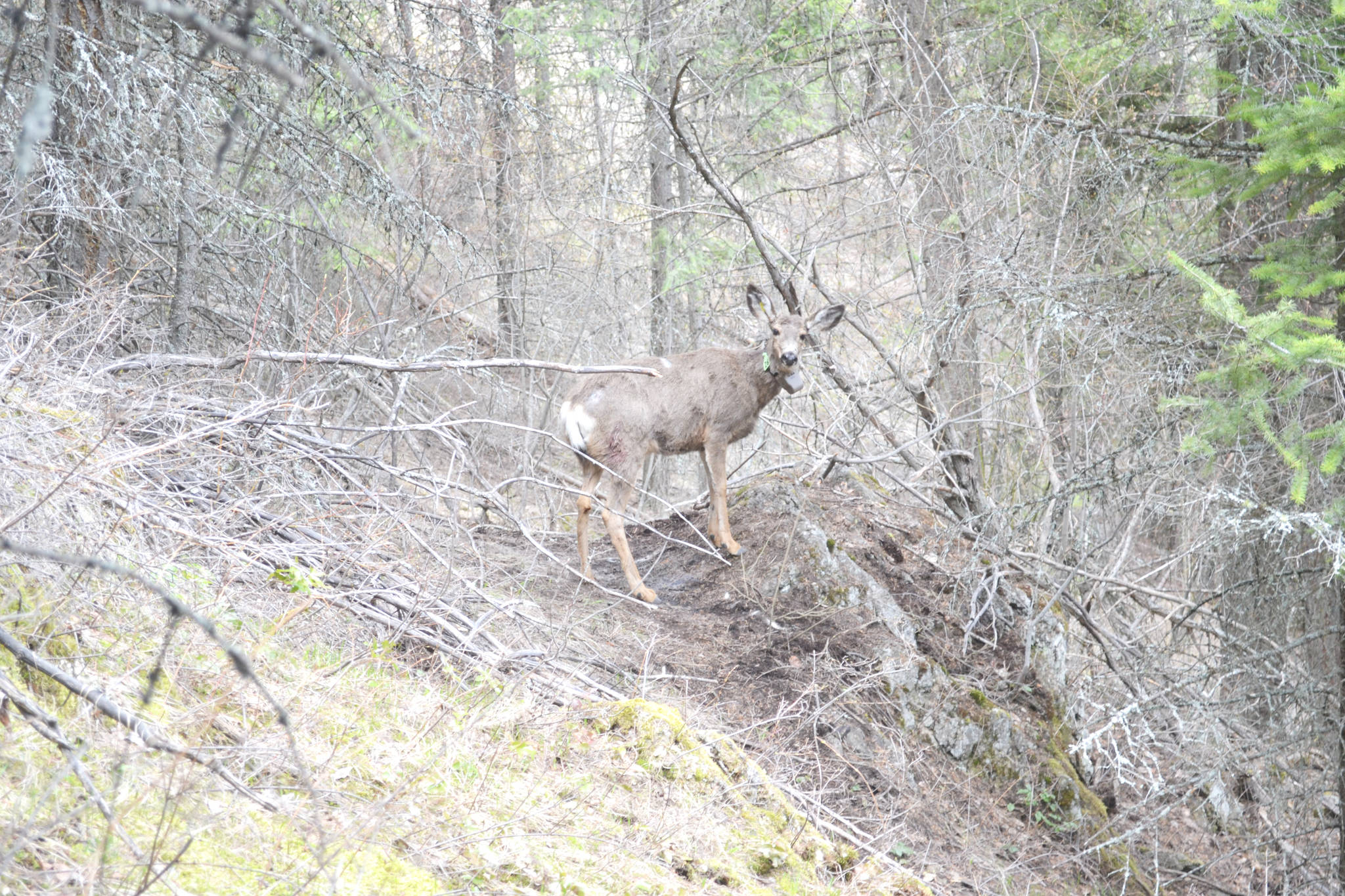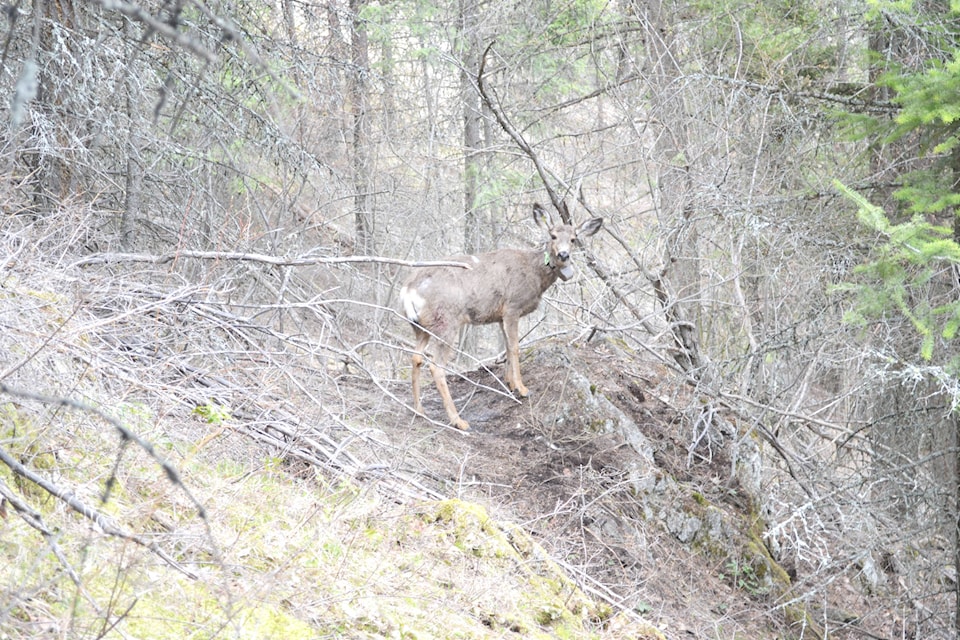While fires cause havoc for humans, our wild neighbours adapt easily.
Karen Hodge, professor of conservation ecology at UBC Okanagan, said wildfires are a part of any wild, Okanagan animal’s genetic history.
“Wildfires are a normal part of forest ecology. They’ve been burning since glaciation. They’re scary for people because we don’t like breathing the smoke and we like to protect our resources and our houses and our roads, but it’s utterly normal that there are fires every year, some are worse than others, and animals will just redistribute to habitats they like best,” she said.
It’s normal for animals to migrate away from a wildfire, if possible, and others may die, but overall, she said, they’re “incredibly flexible in their behaviours.”
With the wildfires burning on Mount Eneas and in Okanagan Mountain Park, she expects to see variability among local animal populations.
Read More: Study looking at declining mule deer population
“Some animals can come back to the area within a few weeks to months, others don’t like that habitat that much. They like cover, so they’ll avoid it for a while until we get regeneration of shrubs and trees,” Hodge said.
The wildfires are also not large enough to have a severe impact, she said.
Animals like deer, moose, and big horn sheep like young regrowth. She expects to see black backed woodpeckers in fire-ravaged areas next year. Wolverines hate fire and will stay out of the area, Hodge said.
Some animals may distribute elsewhere for the next few years or for the next decade, while others will move back to the area as its considered their prime habitat, she said.
After a wildfire, the growth of new vegetation will also draw animals to the area.
Nutrients from burned plants creates the perfect habitat for regrowth, said David Scott, with the department of earth and environmental sciences at UBCO.
He said while conducting research in South Africa around the impacts on wildlife after a wildfire, he saw very little change to that ecosystem, and says the Okanagan is probably similar.
“What the zoology people saw was very little because the animals were adapted to fire, and a lot of the smaller things went underground. Temperatures drop very quickly when you’re underground and soil acts as a very good insulator,” he said.
Ordinary burrows were insulated from the fire, while other animals like birds and larger mammals simply moved out of the area, Scott said.
And new vegetation after a wildfire allows mule deer populations to thrive, said Adam Ford, a biology professor at UBC Okanagan who is currently conducting a study on mule deer and the impact of wildfire on their population in the area.
Read more: Oh, deer: Lack of wildfire brings deer closer to cities
“Fire, when it’s away from people and everyone is safe, belongs on this landscape, so I suspect what we’ll see is after a year or two things are going to green up quite a bit and we’ll see the mule deer respond accordingly,” Ford said.
“They should do much better, there will be a lot more food for them, there will be more open forests structure which is what they like so they can see enemies approaching and run away which is how they survive,” he said.
He expects some of the mule deer that were collared on the Westside will return to the site of the Mount Eneas fire.
He also expects if travelling deer find food elsewhere, they’ll stay out of cities.
@carliberry_
carli.berry@kelownacapnews.com
Like us on Facebook and follow us on Twitter.

